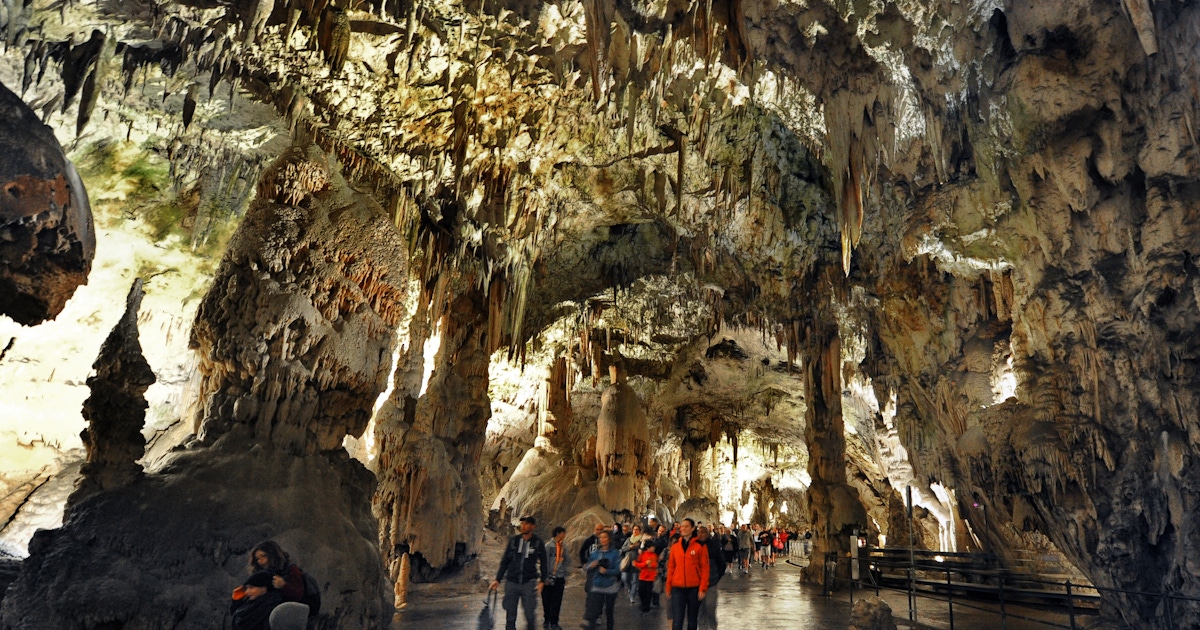The Proteus anguinus, commonly known as the “human fish” or “Postojna Cave olm”, is a species of aquatic salamander that can only be found in the underground waters of the Postojna Cave system in Slovenia.
The human fish is known for its unique adaptations that allow it to survive in the dark, aquatic environment of the caves. It has a pale, translucent body, with small eyes and no pigmentation, adaptations that help it to blend in with its surroundings and avoid predators. It also has a highly developed sense of smell, which it uses to locate food in the darkness.
Another interesting feature of the human fish is its long lifespan. It can live up to 100 years, which is relatively long compared to other amphibians. This slow rate of aging and reproduction has led to a low genetic diversity within the species, which has put it at risk of extinction if a disease or environmental change occurs.
The human fish is also an indicator of the ecological health of the Postojna Cave system. Its presence indicates that the water in the cave system is clean and of high quality. Changes in the water quality, such as a decrease in the amount of dissolved oxygen, could have a negative impact on the survival of the species.
Due to its unique features and rarity, the human fish has become a symbol of the Postojna Cave system and a popular attraction for tourists visiting the area. Visitors to the caves can see the human fish on guided tours, which showcase the unique ecosystem of the caves and the important role that the species plays in maintaining the health of the environment.
In conclusion, the Postojna Human Fish is a remarkable species that provides important insights into the ecology and evolution of aquatic animals. It is a valuable indicator of the health of the Postojna Cave system and a symbol of the unique beauty and diversity of the natural world.
The “human fish” is so named because of its pinkish-white coloration, which is similar to that of a human, and its fish-like appearance. The species was originally named Proteus anguinus by Carl Linnaeus in 1758, after the Greek god Proteus, who was known for his ability to change his form, reflecting the elusive and mysterious nature of the species in its subterranean habitat. The term “human fish” has since become a colloquial name for the species, and is widely used to refer to it.







